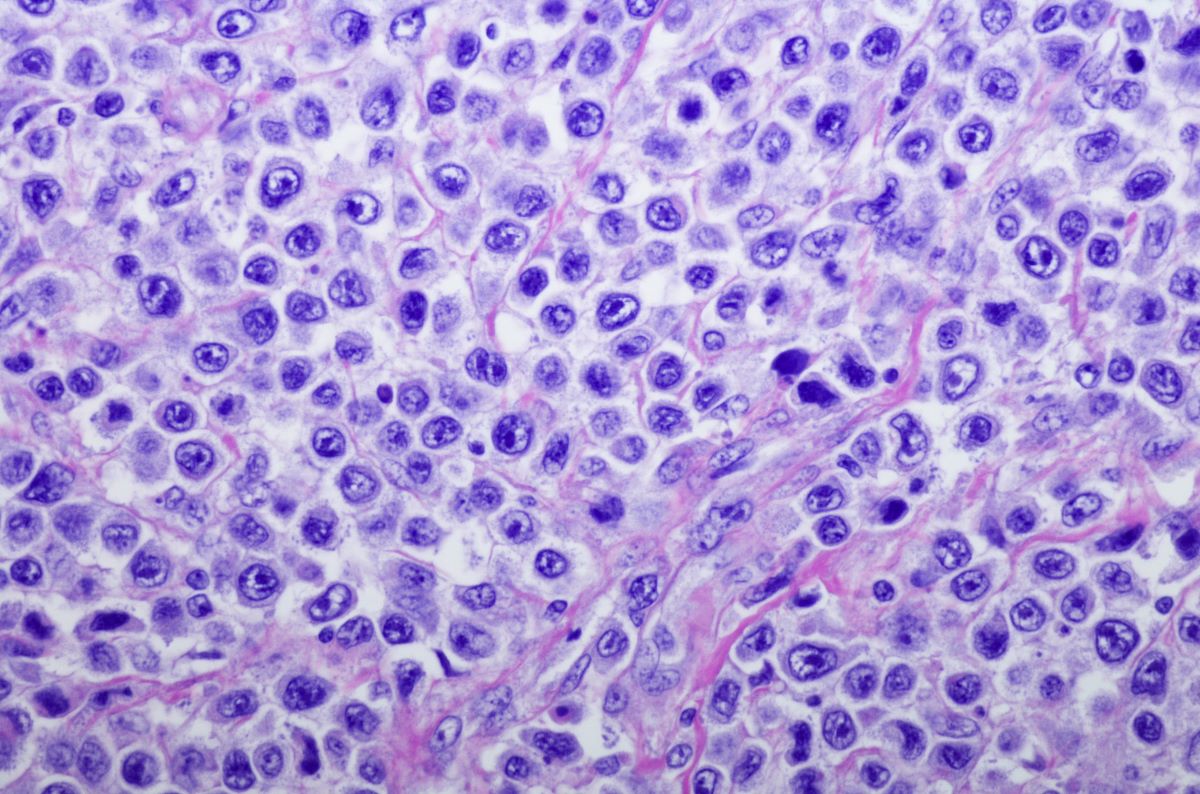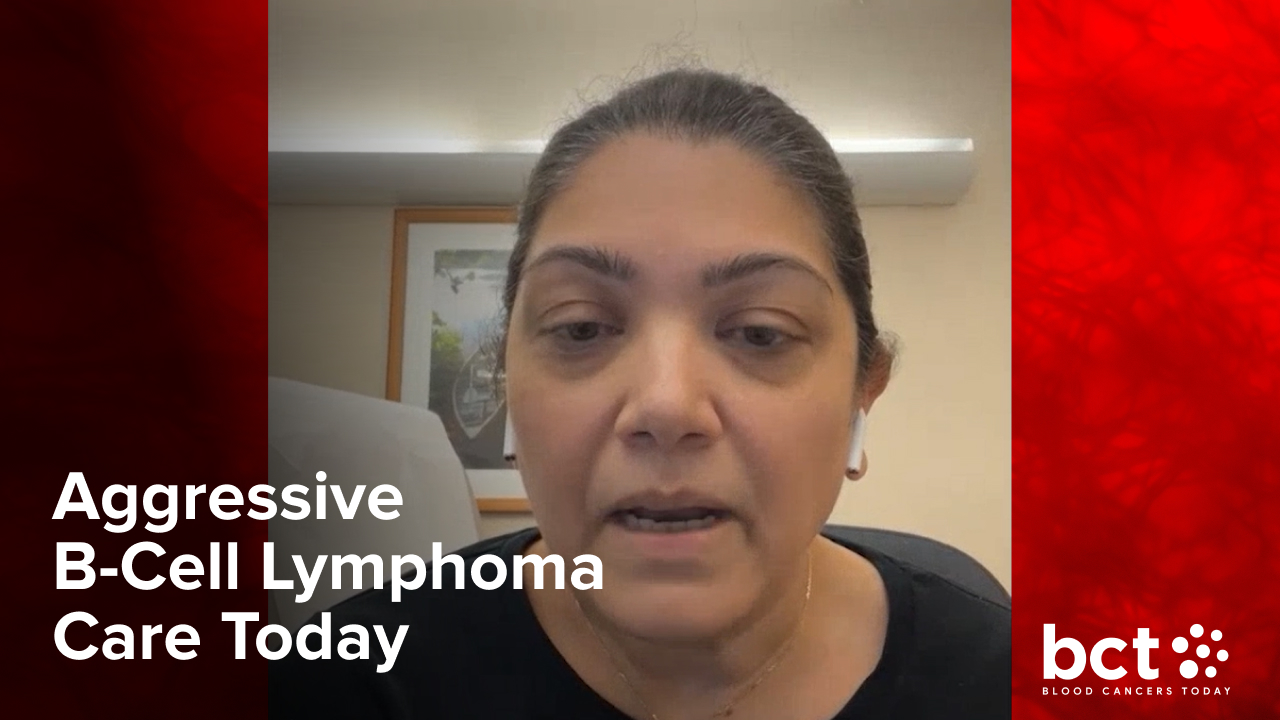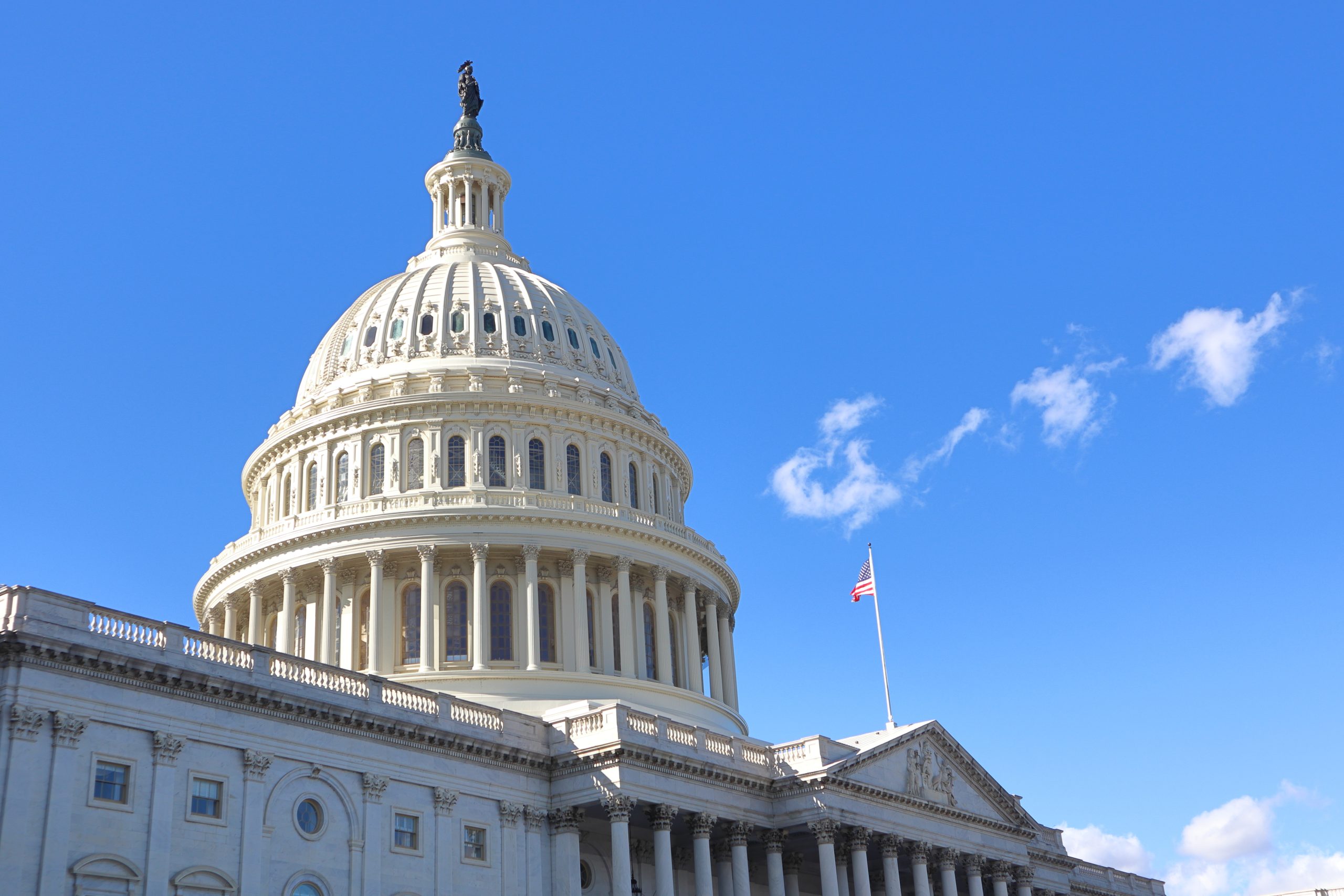Molecular Strategies for DLBCL Treatment: Experts Weigh In
By Ruemu Birhiray, MD, Joshua Brody, MD, Suzanne Fanning, DO, Tara Graff, DO, MS - Last Updated: March 10, 2025Ruemu Birhiray, MD, of Hematology Oncology of Indiana, moderated an expert diffuse large B-cell lymphoma (DLBCL) roundtable with Joshua Brody, MD, of The Tisch Cancer Institute at Mount Sinai, Tara Graff, DO, MS, of Mission Cancer and Blood, and Suzanne Fanning, DO, of Prisma Health. In this segment, the panelists explore the utilization of molecular strategies to determine treatment decisions.
The panel considered the importance of using measurable residual disease (MRD) testing at certain time points to make treatment decisions.
“I could foresee a situation where you do a couple cycles of R-CHOP [rituximab, cyclophosphamide, hydroxydaunorubicin, vincristine, and prednisone] followed by MRD testing, and then take a pathway based on what you see thereafter,” said Dr. Fanning.
Dr. Graff added that performing assays for the T-cell microenvironment and CD4/CD8 ratios may predict which patients may never respond to a bispecific or chimeric antigen receptor T-cell therapy.
“Can we actually tease those people out before putting them through therapies that they’re not going to respond to?” Dr. Graff considered.






 © 2025 Mashup Media, LLC, a Formedics Property. All Rights Reserved.
© 2025 Mashup Media, LLC, a Formedics Property. All Rights Reserved.